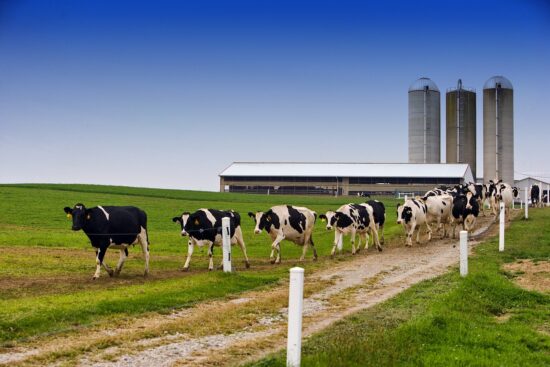Modelling the impact of wastewater flows and management practices on antimicrobial resistance in dairy farms
A study on dairy slurry found that farm activities, such as disposing of spent copper and zinc footbath, contribute to temporary fluctuations in cephalosporin-resistant Escherichia coli. The model revealed that resistance is more frequently observed with chromosomally encoded determinants, rather than plasmids. Lower resistance levels were predicted in conditions with lower growth and higher death rates. The study suggests farm-specific solutions to reduce antimicrobial resistance, including careful disposal or recycling of waste antimicrobial metals.
AMR NEWS
Your Biweekly Source for Global AMR Insights!
Stay informed with the essential newsletter that brings together all the latest One Health news on antimicrobial resistance. Delivered straight to your inbox every two weeks, AMR NEWS provides a curated selection of international insights, key publications, and the latest updates in the fight against AMR.
Don’t miss out on staying ahead in the global AMR movement—subscribe now!







